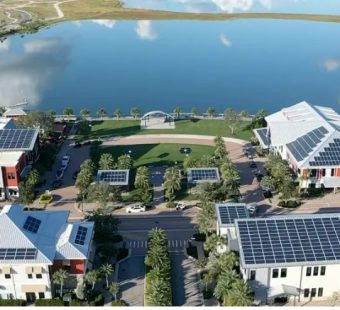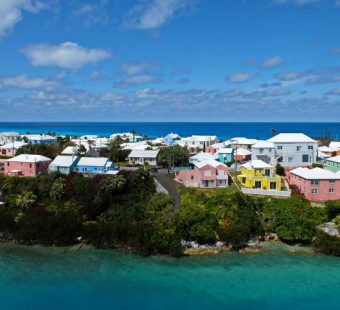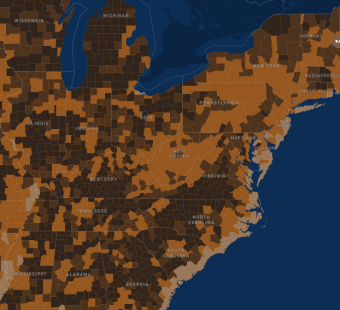
White House Resilience Officials Speak at Triple-I Town Hall
Jeff Dunsavage, Senior Research Analyst, 05/05/2021
Caitlin Durkovich, special assistant to President Biden and White House National Security Council senior director of resilience and response, discussed the administration’s climate and resilience priorities at Triple-I’s National Town Hall (highlights video below – click here to view the entire event).
She and Paul Huang, acting associate administrator of resilience for the Federal Emergency Management Administration (FEMA), met virtually with Triple-I CEO Sean Kevelighan and Michel Léonard, Triple-I vice president and senior economist.
“Resilience is a very important theme of this administration and of the priorities we have,” Durkovich said, elaborating that this includes preparation for and response to both natural and man-made events. The objective is to learn from every incident “so we don’t just bounce back but bounce forward.”
Referring to the administration’s infrastructure and clean-energy goals, she said, “We’re anticipating what the world is going to look like 20 to 30 years from now, given the life span of our built infrastructure.”
Durkovich noted that there are several longstanding hazard-mitigation and hazard-response programs spread across multiple agencies.
“I think we have the opportunity to bring at least the federal community together to look at some of those programs and think about how we can modernize them, just like we’re modernizing infrastructure,” she said.
This will help communities “build back better” after an event.
But it’s going to take more than federal government to bring this about. Communities will have to be very involved, she said, adding, “It’s not just state and local planners, but it’s infrastructure owners and operators, it’s the finance side of the house, who are needed to work through some of these hard challenges before, so after an emergency, when money becomes available, you’re ready to make some significant changes.”
And as we invest in electrified transportation infrastructure, she said, “we have to make sure that infrastructure is resilient to power outages, to storms, and when we’re in the middle of a mass evacuation it can accommodate hundreds of thousands of people.”
Despite having to think about everything that could go wrong (what she described as “healthy paranoia”), Durkovich was upbeat: “It’s amazing to be having these conversations about designing resilience in at the beginning, instead of bolting it on at the end.”
FEMA’s Paul Huang echoed Durkovich’s enthusiasm for a “whole of government” and “whole of community” approach to resilience.
“We’re going to have to rethink how we do things,” he said. “We have programs that have always been around. They’re good programs, but it’s not enough. We have to think bigger and more creatively.”
Huang talked about a new FEMA program, Building Resilient Infrastructure and Communities (BRIC), that support states, local communities, tribes and territories in developing hazard-mitigation projects, reducing the risks they face from natural disasters. “We’re hoping to see new ideas from industry, working with local and state government, to say, ‘This is something we can try together in partnership to get a bigger bang for our buck.’ “



